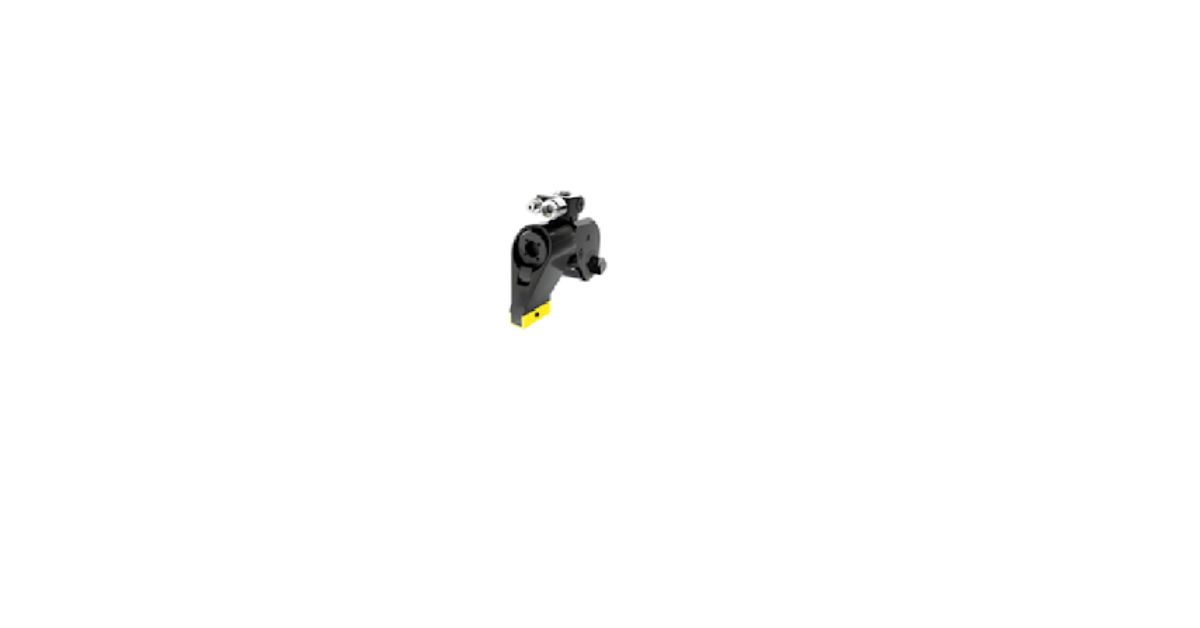Large bolts are primarily used for hydraulic torque wrenches. They are specifically made of bolting equipment for situations when space is at a premium or high output torque is needed. The hydraulic torque wrenches, which are used in the shipbuilding, petrochemical, construction, electric power, mining, and metallurgy sectors, are essential torque tools for tightening and loosening big bolts. It is lightweight, easy to operate, and has a powerful, accurate torque. There is around 3% maximum torque reproducibility.
How Can Novices Use Torque Wrench Correctly?
The following stages make up the proper usage of nut bolt tightening tools:
Put Together And Connect The Hydraulic Spanner Parts
The torque wrench machine has to be constructed before it can be used. it will be dismantled for shipment. Attach one end of the hose to the high torque wrench and the other to the hydraulic power pack. Next, attach a movable handle to the hydraulic wrench’s side. Occasionally, you need to attach a response arm. Every fitting is securely connected and tighten all of the fittings are.
Adjusting the Setting
The hydraulic torque wrenches are all adjustable, allowing you to set different torque amounts for objects. The instructions below should be followed when setting the torque if the job has a present torque value. Utilizing the torque conversion chart, ascertain the necessary pressure after determining the torque.
- Switch on the hydraulic torque wrench pump and connect the bolting equipment to the power supply.
- Push the button on the sophisticated remote control to see the pressure displayed by the pressure gauge.
- To change the pressure, unscrew the nut that secures the pressure adjustment handle. Then, rotate the handle in a clockwise direction to raise the pressure and a counter clockwise direction to lower it. Always lower the pressure beyond the necessary point before raising the pressure gauge back to the essential level.
- To ensure the necessary pressure set has been achieved, retighten the lock nut and spin the tool one more after obtaining the needed pressure. If no precise torque setting is advised, begin with the smallest amount and work your way up, being cautious not to overtighten any fasteners.
What is the reaction arm?
To obtain a reaction arm, adhere to the actions listed below.
- Reaction arms are a feature of every torque wrenches.
- The forces produced while the gadget is operating by absorbed and balanced by these response arms.
- The response arm may need to be slightly changed for your particular application.
- Still, it should rotate roughly in the same direction as the drive.
- There are several placements for the response arm inside a 360° circle.
- However, the arm needs to be positioned in the 90° quadrant around the circle to be placed.
This quadrant is the space, out of the rotation inlet, between the bottom within the housing and the projecting drive. When tightening, always face the bottom half of the housing along with one side; when loosening, always face the opposite side of the housing.
Things to consider before purchasing the best hydraulic torque wrench. you need to determine the kind of hydraulic torque wrench needed for the job. A pair of reducing sleeves with clearance hydraulic torque wrenches need to adapt to bolts of varying diameters. If the working area of the wrench is small, a hollow hydraulic torque wrench must be used.


